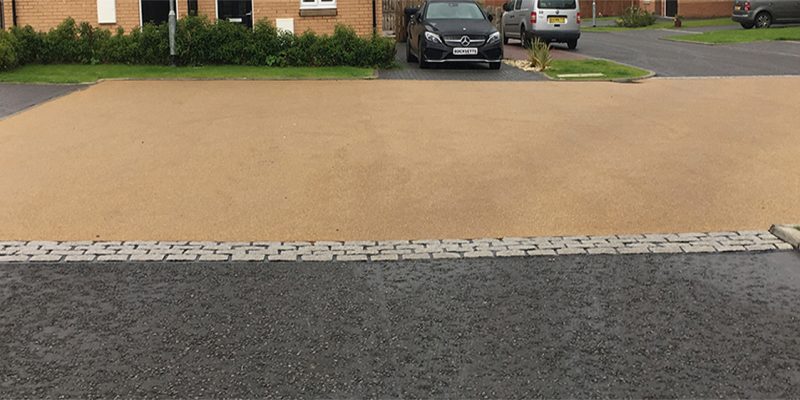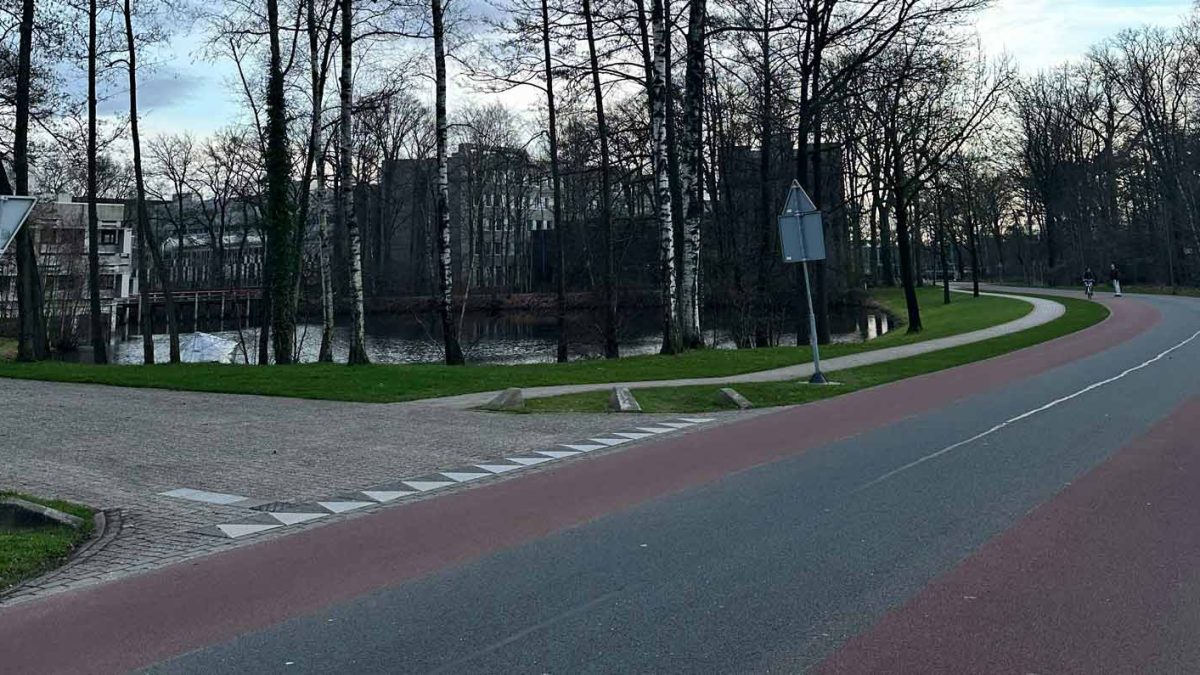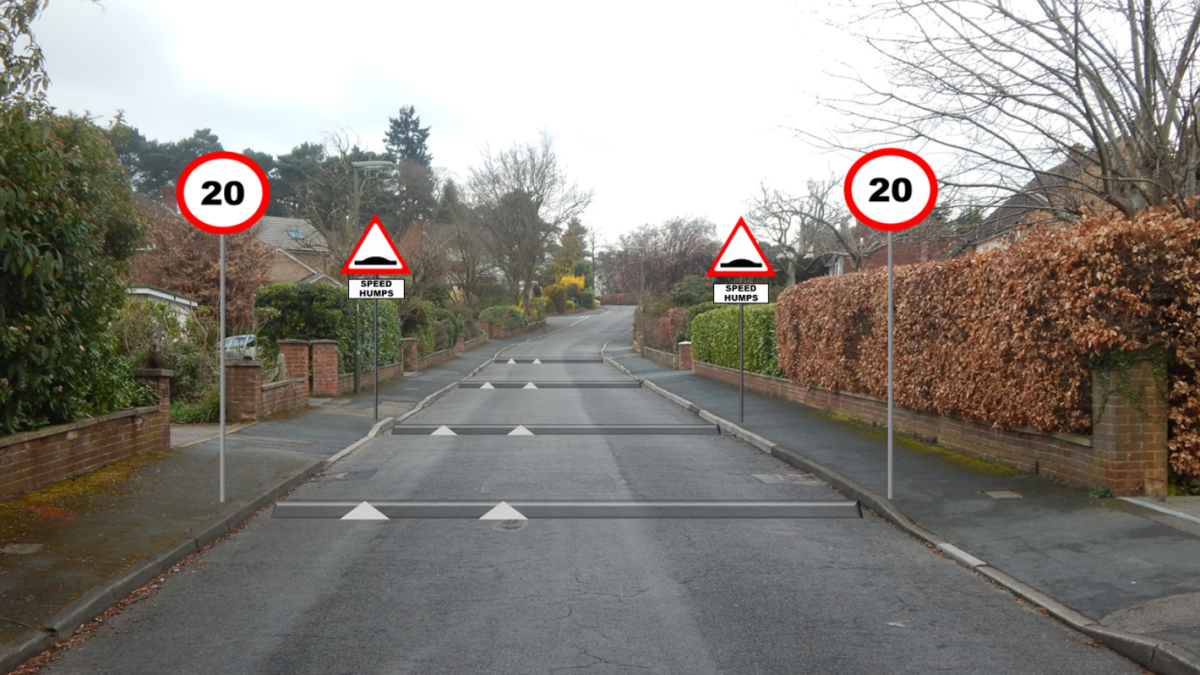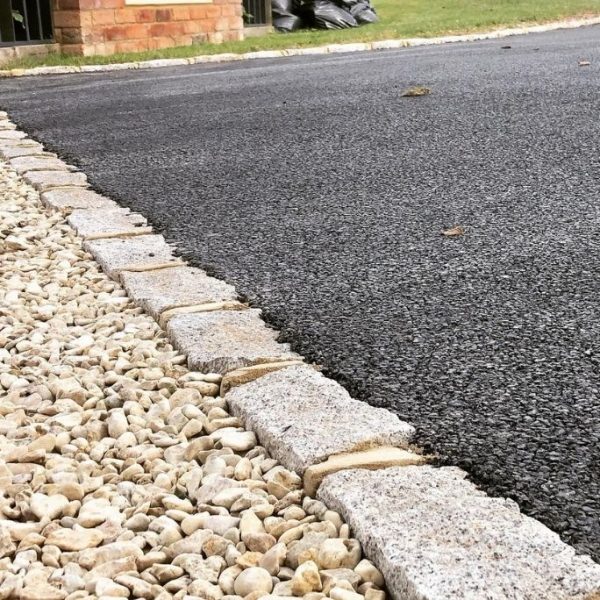
Resin Bound Edging: An In-depth Insight
In the world of landscaping and exterior design, creating pathways, driveways, or patios that are both functional and aesthetically pleasing is a top priority.
An increasingly popular method for achieving such goals is the use of resin bound surfacing, a combination of natural aggregates and a clear resin binder. Alongside the main surface, an essential element often overlooked but of great importance is the ‘edging’. This article delves into what resin bound edging is, its benefits, and its applications.
What is Resin Bound Edging?
To understand resin bound edging, it’s necessary to first grasp the concept of resin bound surfacing. Resin bound surfacing is a method in which a mixture of natural stone aggregates and a transparent resin are combined and then laid out on a prepared base. Once laid out, this mixture cures, creating a smooth, flat, and permeable surface.
Edging, in the context of pathways or driveways, is the border or boundary that demarcates and frames the main surface. Resin bound edging, therefore, refers to the use of the same resin-stone mixture, or sometimes contrasting aggregates, to create this defining border.
Here’s a good case study of Resin bound edging for Taylor Wimpy Homes using Quicksetts:
https://quicksetts.com/jpproducts/resin-bound-edging/
Benefits of Resin Bound Edging
-
Aesthetically Pleasing:
- Visual Enhancement: The primary purpose of edging in any design context is to elevate the visual appearance of the main feature it surrounds. Resin bound edging offers a sleek, contemporary finish that effortlessly complements a wide range of outdoor styles. The seamless blending of resin and aggregate ensures a polished look that accentuates the main pathway, driveway, or patio it borders.
- Customizability: Given the vast variety of aggregates available in different colors, shapes, and sizes, designers have a creative liberty to either match the edging perfectly with the main surface or craft a contrasting border. This allows for a diverse palette of designs ranging from monochromatic schemes to vibrant, eye-catching contrasts.
-
Functional Advantage:
- Structural Integrity: Beyond its visual appeal, resin bound edging serves a structural purpose. The edging reinforces the main surface, preventing the spread or erosion of the central material. Over time, without proper edging, the edges of a pathway or driveway can begin to crumble or fade. Resin bound edging acts as a sturdy barrier, preserving the form of the main surface.
- Clear Demarcation: Especially in shared or public spaces, it’s essential to have clear boundaries. Resin bound edging provides distinct delineation, guiding foot and vehicular traffic and preventing accidental trespass onto adjacent lawns, gardens, or other features.
-
Flexibility in Design:
- Versatile Shaping: One of the most striking features of resin bound materials is their adaptability. Unlike rigid materials like brick or stone, resin bound mixtures can be molded into a wide variety of shapes and patterns. This flexibility ensures that regardless of the design — be it intricate curves, straight lines, or complex patterns — resin bound edging can accommodate all.
- Integration with Other Materials: Resin bound edging can be seamlessly integrated with other landscaping materials. Whether it’s abutting a lawn, a flowerbed, or a different paving material, the edging provides a smooth transition, enhancing the overall design coherence.
-
Durability:
- Weather Resistance: Resin bound edging is notably resilient against various weather conditions. Whether it’s the scorching sun, torrential rain, or freezing temperatures, the combination of resin and aggregate ensures the edging remains intact and retains its visual appeal.
- Wear and Tear: Given its composition and the solid bond formed between the resin and aggregate, the edging can withstand substantial foot traffic, vehicular movement, and general wear and tear. This longevity ensures that the investment in resin bound edging pays off in the long run.
-
Permeability:
- Natural Drainage: Unlike impermeable materials that can cause water to pool or lead to runoff, resin bound edging is permeable. This means water can seep through, reducing the chances of puddles or water-logging. This is not only beneficial for the surface’s longevity but also aids in groundwater recharge.
- Eco-friendly: The permeability factor also means that rainwater can wash through the surface, naturally filtering out pollutants and reducing surface water runoff. This environmentally friendly aspect makes resin bound edging a sustainable choice in modern landscaping.
By delving deeper into the advantages of resin bound edging, it’s evident that its benefits are multifaceted. Beyond its undeniable aesthetic appeal, it offers structural advantages, design flexibility, commendable durability, and ecological benefits. Investing in resin bound edging is not only a choice for the present but a decision that future-proofs the integrity and beauty of outdoor spaces.
Applications
- Pathways and Walkways
Resin bound edging can provide clear demarcation for footpaths in gardens, parks, or public spaces. The clear edges ensure that the pathway remains well-defined, and the surrounding areas, be it grass or flower beds, remain undisturbed. - Driveways
Driveways, especially those with intricate designs or patterns, can benefit from resin bound edging. Not only does the edging enhance the driveway’s appearance, but it also helps in maintaining the structure by preventing the main surface material from spreading or eroding. - Patios and Terraces
Patios are areas of relaxation and leisure. A well-defined edge using resin bound material can elevate the look of the patio, making it appear neat and sophisticated. - Play Areas
In playgrounds or play areas, having a clear boundary is essential for safety reasons. Resin bound edging can provide this boundary, ensuring that play areas are clearly demarcated from other spaces. - Tree Pits
Resin bound materials are also used around tree pits in urban environments. The edging ensures that the space around the tree remains clean, and the permeability ensures that water reaches the roots.
Resin bound edging is a versatile and robust solution for creating boundaries and enhancing the aesthetics of outdoor spaces. Its combination of functionality, durability, and visual appeal makes it a preferred choice for landscapers and property owners. As more individuals recognize the benefits of resin bound materials, it’s evident that this trend in landscaping and exterior design is here to stay. Whether renovating an existing space or creating a new one, considering resin bound edging can add both value and beauty.














